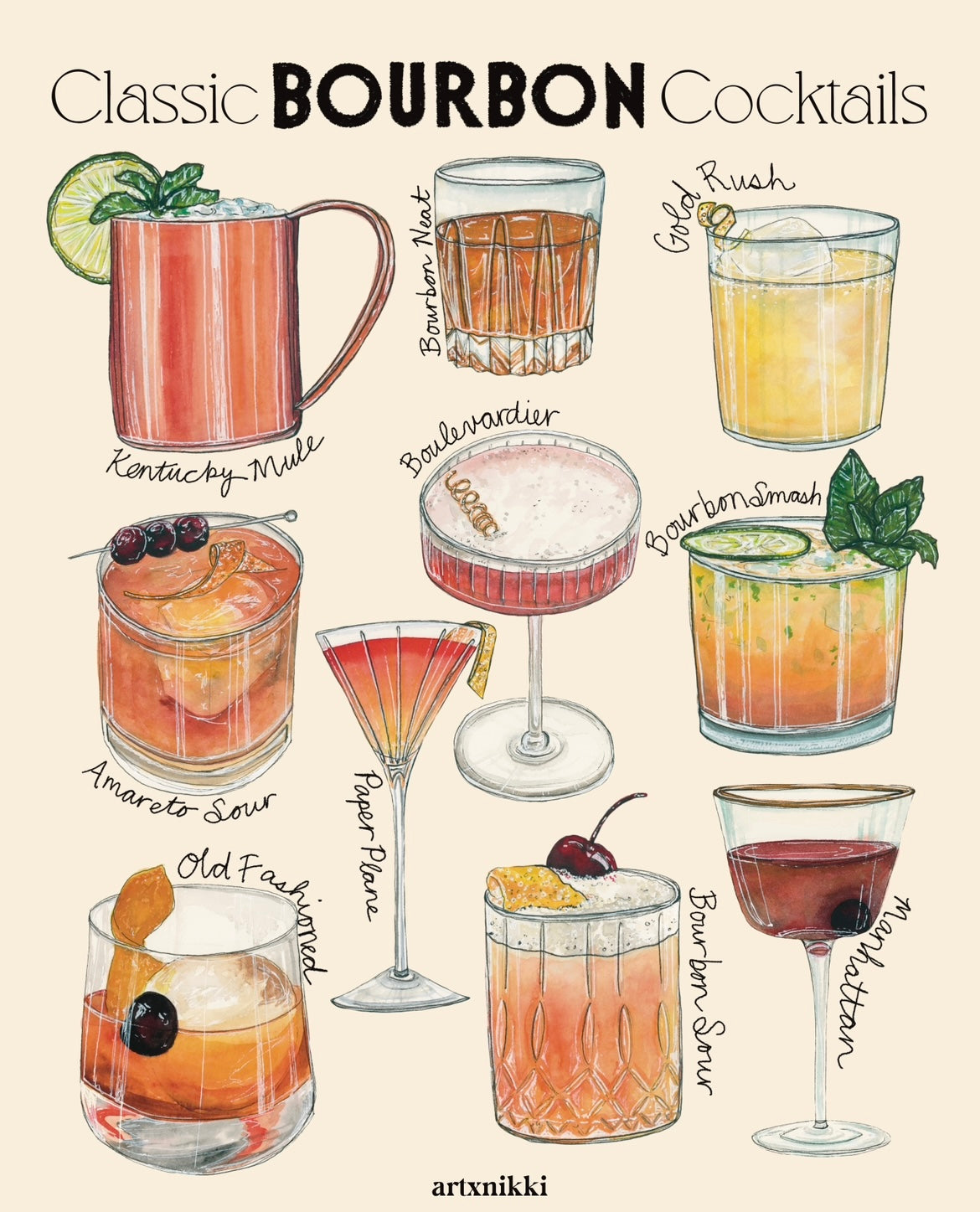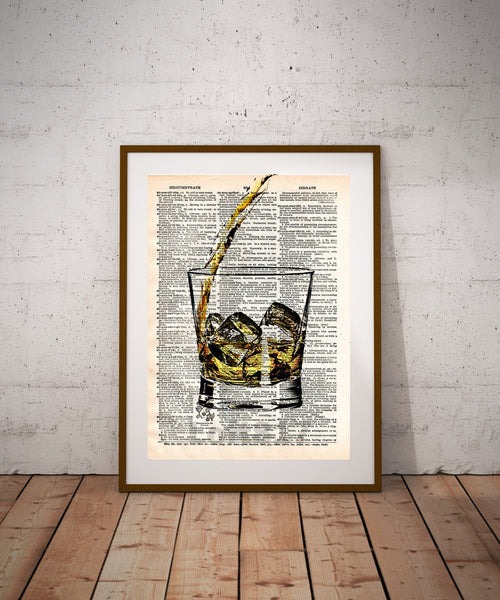Capturing the Significance of Bourbon Art With Unique Visual Representations and Styles
The art of scotch expands past the fluid itself, manifesting through a selection of graphes that encapsulate its storied heritage and craftsmanship. From the careful design of labels that communicate brand stories to expressive photography that captures the spirit's appeal, each artistic expression offers to enhance the consumer's trip. As the market accepts modern fads, the discussion surrounding these representations ends up being significantly rich and complex, hinting at deeper links between society and creativity. What continues to be to be uncovered is just how these progressing styles reflect not only the bourbon itself however likewise the altering landscape of creative analysis.
The History of Bourbon Art

As scotch manufacturing spread, so as well did the wish to boost its experience through art. From the complex engravings on very early barrels to the elaborate tags of contemporary bottles, each component shows a distinct artistic vision, functioning as a visual story of the whiskey's heritage.
In the 19th and 18th centuries, the rise of the industrial revolution further enhanced bourbon art, resulting in cutting-edge product packaging and marketing that captured customer attention. Designers and artists began experimenting with visual appeals, imbuing whiskey-related imagery with symbolic meanings that conveyed ideas of craftsmanship, tradition, and community.
Today, scotch art continues to evolve, blending typical approaches with contemporary art kinds. Bourbon Art. This recurring discussion in between the spirit and its graph underscores the enduring bond in between scotch and society, enhancing the total experience for enthusiasts worldwide
Iconic Bottle Designs
While numerous aspects add to the attraction of whiskey, iconic container layouts play an essential role fit customer perception and boosting the overall experience. The aesthetic presentation of scotch containers is not just a visual consideration; it offers as a bridge between the item and the customer, stimulating feelings and establishing assumptions.
Unique shapes, products, and closures can raise a whiskey brand's identity, making it promptly identifiable on crowded racks. For example, the classic Glenfiddich bottle, with its sophisticated tapered silhouette, communicates a feeling of tradition and craftsmanship, while the vibrant, modern style of the Balvenie bottle mirrors innovation and sophistication. Moreover, making use of colored glass or distinct textures can recommend the high quality and character of the whiskey within.
Iconic styles usually include aspects of social heritage, symbolizing the brand name's history and connection to its roots. Brand Names like Jack Daniel's utilize an uncomplicated, robust style that resonates with its American bourbon heritage. Inevitably, the effect of bottle design prolongs past plain functionality; it envelops the significance of the brand, welcoming consumers to explore and indulge in the rich tapestry of bourbon culture.
Tag Artwork and Branding
Bottle layouts often establish the phase wherefore customers can expect, however tag art work and branding play a just as substantial role in connecting a whiskey's identification. The label functions as the initial factor of call between the customer and the product, encapsulating the significance of the scotch within its visual components.
Efficient label art work combines typography, shade, and images to produce a story that resonates with the brand name's heritage and target market. For circumstances, a tag featuring elaborate pictures and classic typefaces might evoke a feeling of custom and craftsmanship, interesting aficionados. In comparison, bold shades and contemporary design components could attract a more youthful demographic looking for advancement and exhilaration.


Photography and Visual Storytelling
Catching the significance of scotch through photography and aesthetic storytelling is an art form that elevates the brand name experience. This tool goes beyond plain item representation, diving right his response into the elaborate narratives that surround each bottle. By employing engaging imagery, digital photographers can stimulate feelings that resonate with customers, inevitably building a much deeper link to the bourbon brand name.
Visual narration in scotch digital photography typically utilizes abundant structures, lighting, and make-up to highlight the unique characteristics of the spirit. The interplay of light and darkness can emphasize the brownish-yellow shades of whiskey, while the selection of history aspects-- such as rustic barrels or elegant glassware-- can enhance the brand name's heritage or way of life associations.
Furthermore, capturing the ceremonial aspects of bourbon intake, from the putting to the tasting, welcomes customers right into a sensory experience, enabling them to think of the tastes and aromas that wait for. Each photo not only showcases the item but also narrates of craftsmanship, practice, and the minutes that whiskey can improve - Limited Edition. Hence, photography ends up being a powerful tool in expressing the identity her comment is here of scotch brands, placing them within the wider cultural landscape
Emerging Patterns in Bourbon Art
The evolution of whiskey art is increasingly shaped by contemporary trends that mirror broader social shifts and customer choices. This shift not only highlights the significance of sustainability yet likewise improves the narrative surrounding bourbon production.
Furthermore, digital art has risen in popularity, enabling ingenious depictions of scotch. Artists are leveraging innovation to craft immersive experiences, such as augmented fact setups that engage visitors and give a deeper understanding of scotch's cultural importance. This fad additionally prolongs to social networks systems, where visually striking web content amasses interest and promotes community among fanatics.
Furthermore, cooperations between whiskey brand names and musicians are ending up being more widespread. These partnerships yield limited-edition packaging styles and unique artworks that celebrate both the craftsmanship of bourbon and the imagination of musicians. As bourbon art remains to evolve, these arising fads will unquestionably form its future, cultivating a vibrant crossway of culture, sustainability, and innovation within the whiskey community.
Conclusion
To conclude, the art of scotch encompasses a varied selection of visual depictions that reflect its rich heritage and craftsmanship. From legendary bottle designs and complex tag art work to compelling digital photography, each aspect adds to a wider narrative that boosts the consumer's experience. As arising fads, such as electronic art and sustainability, continue to shape this creative landscape, the diverse identity of bourbon stays a sustaining source of social connection and exploration.

In conclusion, the art of whiskey incorporates a diverse array of aesthetic depictions that reflect its abundant heritage and craftsmanship.